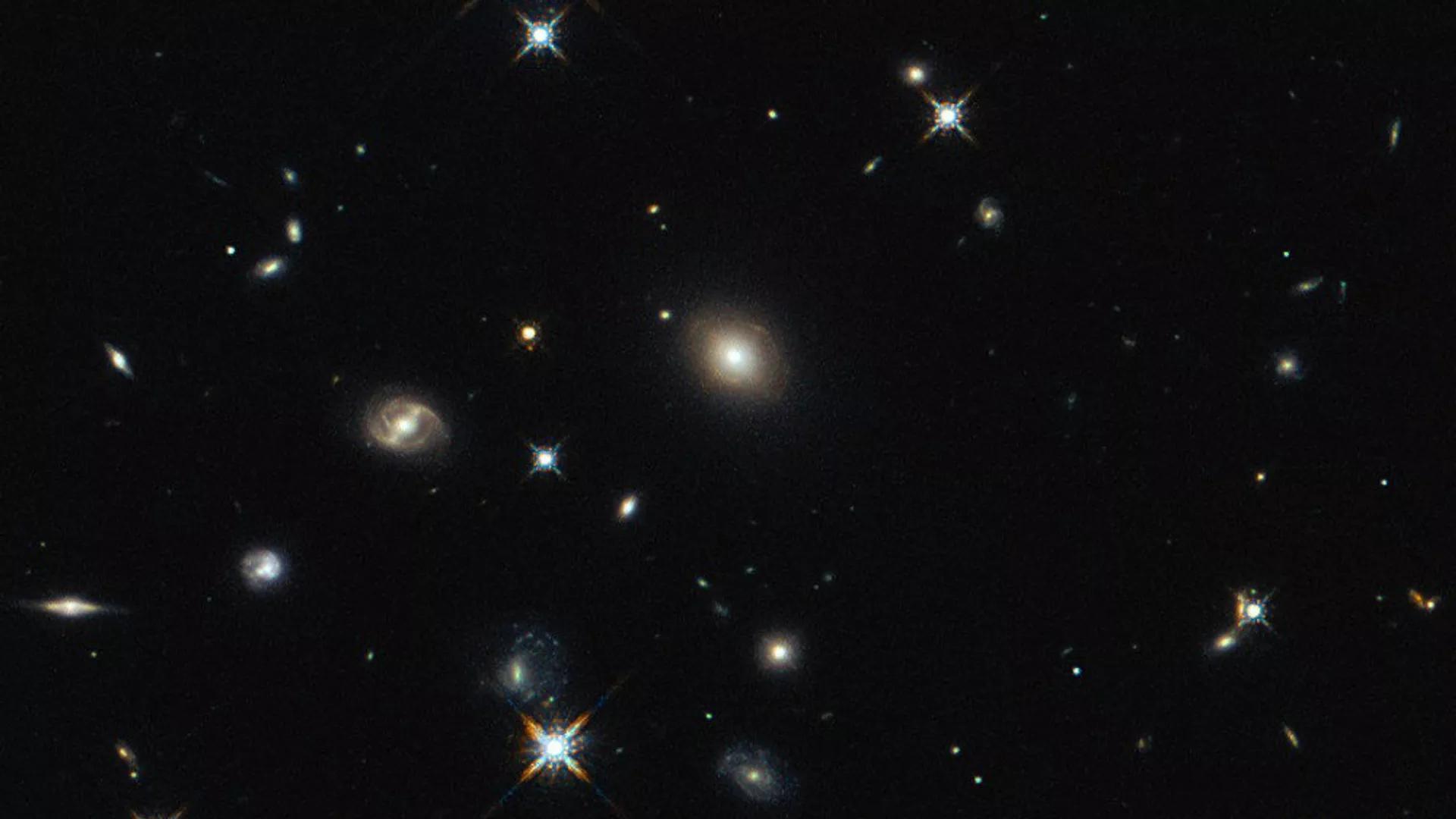Africa-Press – Lesotho. The National Science Foundation’s South Pole Telescope originally zoomed in on a distant galaxy back in 2013, with follow-up observations by the Hubble Space Telescope and the Atacama Large Millimeter/submillimeter Array (ALMA) in Chile.
But it was the James Webb Space Telescope that revealed new details about the galaxy. Complex organic molecules have been detected in a distant galaxy more than 12 billion light-years away.
Using the infrared capabilities of NASA’s James Webb Space Telescope, astronomer Justin Spilker of Texas A&M University, along with a group of collaborators, were studying a distant galaxy – SPT0418-47 – that had been discovered by the National Science Foundation’s South Pole Telescope in 2013.
They were able to discern a telltale signature of large organic molecules, akin to smoke or smog on Earth, according to findings laid out in the paper, ‘Spatial variations in aromatic hydrocarbon emission in a dust-rich galaxy’, published online.
These molecules are called polycyclic aromatic hydrocarbons. Another phenomenon – gravitational lensing – helped the astronomers to make their discovery.
Gravitational lenses are called natural cosmic telescopes, as they allow scientists to observe galaxies far beyond the reach of powerful space telescopes.
This occurs as a result of something that was originally predicted by Albert Einstein in his theory of general relativity. Gravity bends the path of light, and massive astronomical bodies, such as galaxies, can magnify the light from more distant objects.
But what makes this discovery a milestone is that it appears to cast doubt on an earlier theory. Another member of the research team, University of Illinois Urbana-Champaign graduate student Kedar Phadke, who spearheaded the technical side of the Webb observations, added that such discoveries is what Webb “was built to do”.
For More News And Analysis About Lesotho Follow Africa-Press






